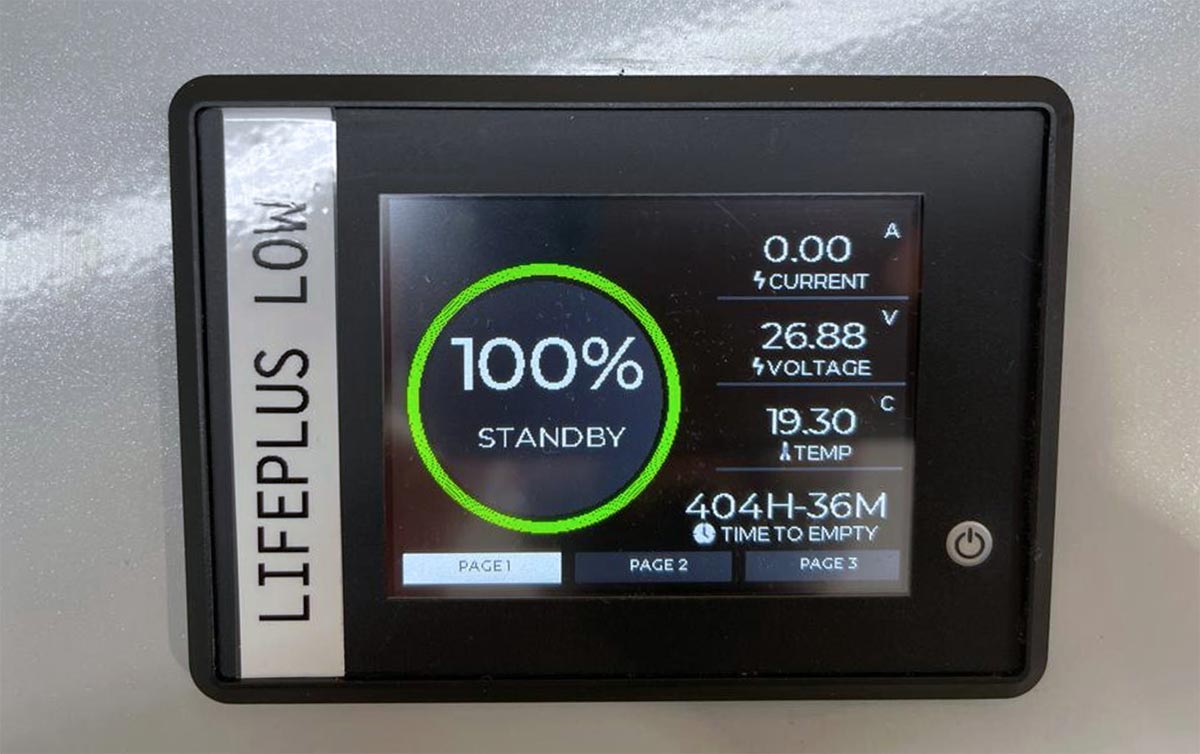LIFEPLUS
INCREASED LIFE CYCLE OF LI-ION BATTERIES
Today, batteries are designed and manufactured under a disposable concept. When a battery is installed in a light-duty vehicle, for example, it is expected to offer high functional requirements, such as autonomy. Given its intensive use, there comes a point when the battery no longer lasts long enough to carry out the minimum desired journeys so it is discarded and replaced with a new one. Functionally, the discarded battery still has 80% of its capacity and could be used, but is discarded after using only 20% of its lifetime. On the other hand, today’s designs cannot be intervened as their components are welded and it is not possible to replace parts in order to extend their useful life or to facilitate their processing. The consequences are a high environmental impact and a high economic impact in operating costs due to the continuous replacement of batteries.
By 2025, some 3.5 million vehicle batteries are expected to have been accumulated as waste worldwide. Most of these still have at least 50% of their energy storage capacity, which is equivalent to throwing away enough energy to maintain 2 million homes. However, through the eco-design of lithium batteries it is possible to extend their useful life and postpone their disposal.
ALTERITY, a manufacturer of high-performance sustainable lithium batteries, has led LIFEPLUS.

DRIVING FACTOR


 OBJECTIVES
OBJECTIVES
- Validate technically, economically and environmentally the life extension of Li-ion batteries in light mobility vehicles achieved by a Li-ion battery system which can be re-manufactured and be used in second life applications.
- Produce high-performance batteries for mobile computer workstations to power a laptop and a small scanner or printer for 8 hours, i.e. a full day.
- Reduce the environmental impact of batteries by extending their lifetime.
- Reduce battery maintenance operating costs for customer companies.
- Find second life applications for light mobility vehicle batteries.
- Facilitate and increase the efficiency of Li-ion battery recycling.
 RESULTS
RESULTS
- Implementation of a stand-alone BMS (Battery Management System) instead of a central BMS, which allows cell information to be managed more effectively and quickly and does not require a variant to be implemented for each voltage and capacity variation.
- However, implementing a BMS for each battery significantly increases the cost of the system. This means that the difference between a stand-alone BMS and a central BMS system is not so great economically.
- The second life system for batteries requires knowledge of whether the cells are balanced, given that they pose a risk to the entire system if they are not balanced.
- Reduction of total environmental impact by 30-40% compared to the initial case without re-manufacturing, with an increase in impact in the raw material phase (due to lower consumption and transport), a higher but not significant impact in the manufacturing phase (due to the substitution of several components) and similar conditions with respect to the use phase.
 CONCLUSIONS
CONCLUSIONS
- The results of LIFEPLUS show that second-life batteries have a lower economic cost than first-life batteries and a reduced environmental impact of up to 40%.
- LIFEPLUS has solved critical technical aspects of the Li-ion battery re-manufacturing process, such as state of charging measurement, fast and safe module removal and the existence of complex, weak and not very manufacturable wiring and electrical installation. All of this provides ALTERITY with the technologies and skills in printed circuit design that enable it to be more efficient and to scale products more easily.
- ALTERITY will develop the LIFEPLUS eco-designed battery in this project in external validation phases in a controlled environment in a potential client company.
ENVIRONMENTAL
TECHNICAL
ECONOMIC
COMMERCIAL
ON THE MARKET



